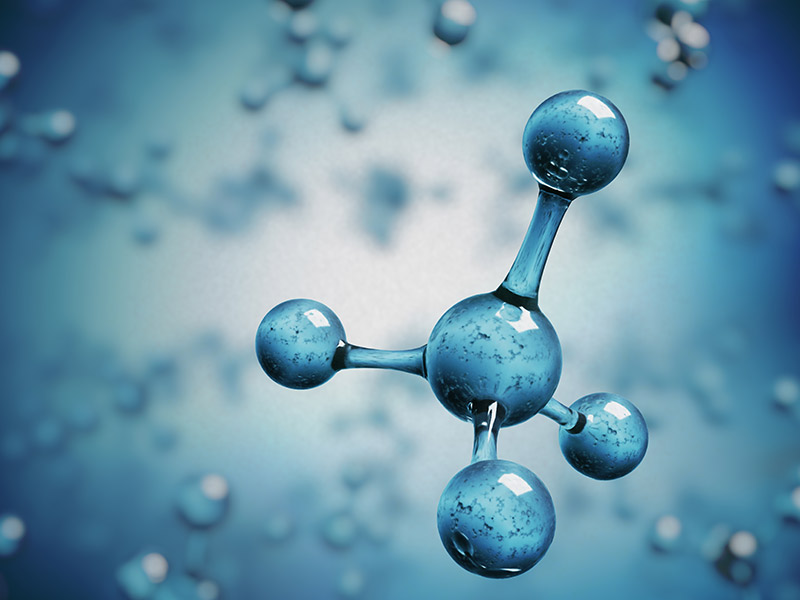All the benefits of automotive gas systems
Due to both the rising costs of traditional fuels and frequent traffic blocks in urban areas, more and more drivers decide to have a gas plant installed on their car. This is a laudable choice, as it ensures fuel costs savings and reduces the environmental impact of the car.
But what is an automotive gas system? In simple terms, it is a system composed of both mechanical and electronic elements that allows the car to be powered with cheaper and more eco-sustainable fuels than gasoline.











